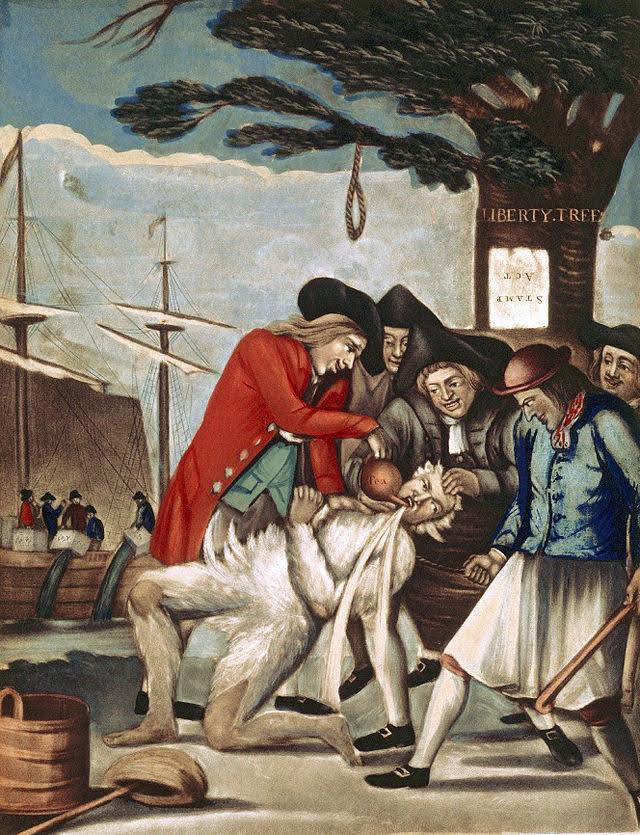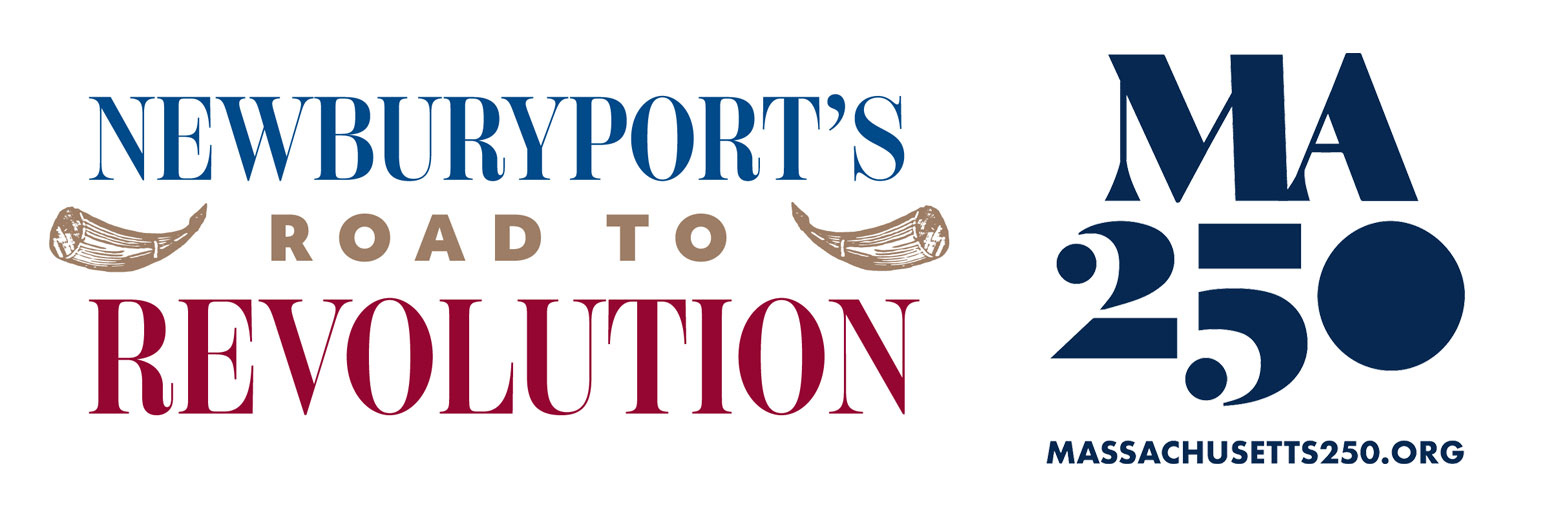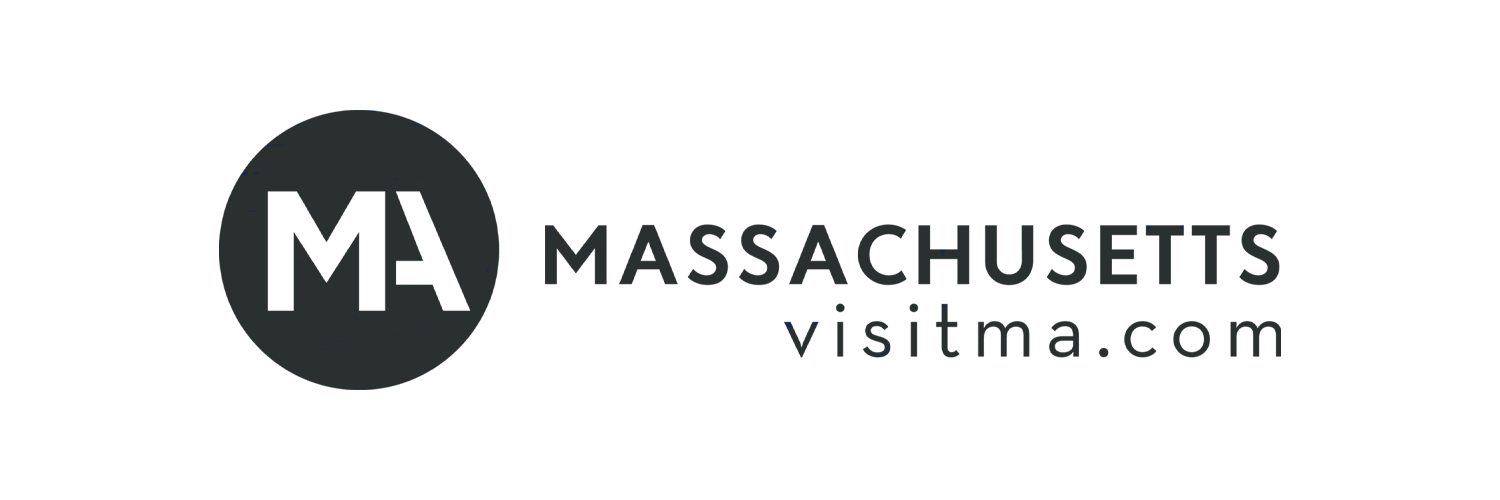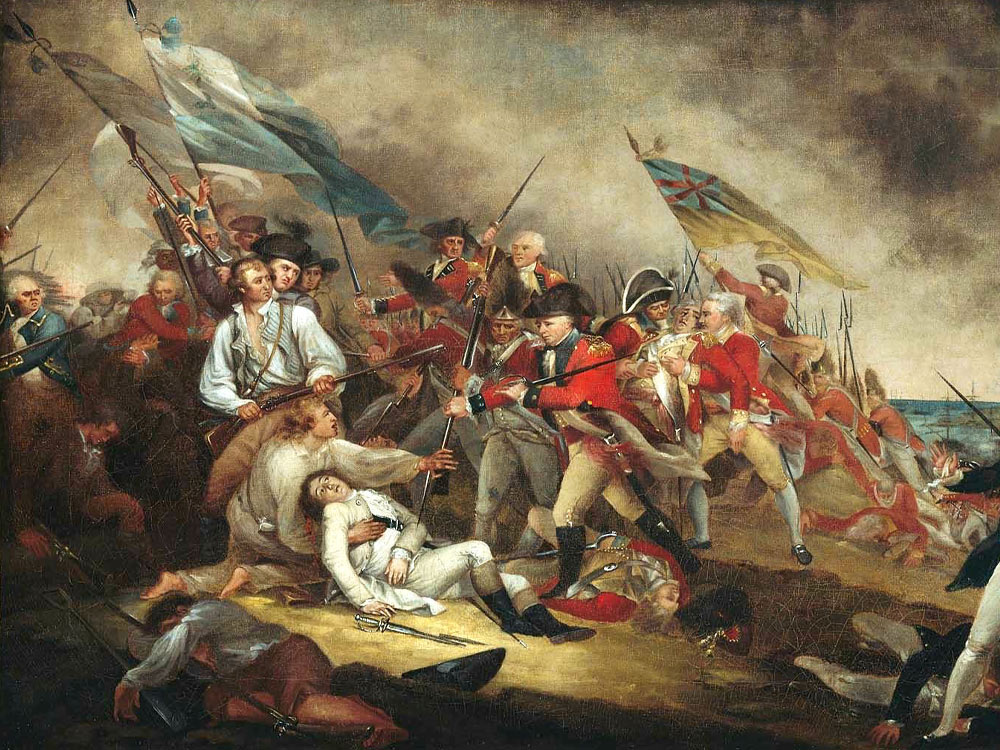Britain’s Parliament passed a series of acts to tax the colonies between 1760 and 1775. The intent was to paying down war debt. The outcome was to ratcheted up tensions to a breaking point. With no vote in parliamentary elections, colonists had no voice. This led to the famous motto, “No taxation without representation”.
The Sugar Act of 1764 placed a 3-cent tax on imported sugar and molasses and regulated the export of lumber and iron (to make barrels). Sugar and molasses were used to make rum, a main export. This act prompted boycotts of British imports. The Currency Act of 1764 restricted the colonies from issuing their own money with a goal of protecting British merchants and creditors from depreciated colonial currency. This act angered colonists because now it was more expensive for them to trade and pay their debts, worsening their financial situation.
The Stamp Act of 1765 imposed direct taxes on a broad array of paper goods, affecting nearly every person. This sparked widespread outrage and led to the formation of the Stamp Act Congress, where colonial representatives organized boycotts. Historian Joshua Coffin notes:
“Companies of men, armed with clubs, were accustomed to parade the streets of Newbury and Newburyport, at night, and, to every man they met, put the laconic question, ‘stamp or no stamp.’ The consequences in an affirmative reply, were anything but pleasant. In one instance, a stranger, having arrived in town, was seized by the mob, at the foot of Green Street, and, not knowing what answer to make to the question, stood mute. As the mob allow no neutrals, and as silence with them is a crime, he was severely beaten.”
Though the Sugar and Stamp Acts were repealed, Parliament soon thereafter passed the Declaratory Act in 1766, reasserting its authority to legislate for the colonies “in all cases whatsoever.” Thus, when the Townshend Acts passed in 1767, placing indirect taxes on imports British goods, colonists felt that the British government was acting tyrannically.
The act encouraged smuggling within the colony which in turn led to intervention by British ships. On May 9, 1768, the British customs agents boarded John Hancock’s ship Liberty on suspicion that it was smuggling wine. Note that the primary purpose of Revenue Cutters 22 years later was to crack down on smuggling!
Massachusetts became a hotbed for Patriots so Britian sent troops to Boston in 1768 hoping to dissipate mobs and restore order. With troops in the streets and not confined to barracks, a conflict was inevitable. The first triggering event was the Boston Massacre in March, 1770. The Boston Tea Party which saw 300 chests of British tea dumped into Boston Harbor was a defining event in December 1773.
Newburyport, like Boston and elsewhere, witnessed scenes of disorderly conduct. Early in 1775, tea was impounded in the Town’s powder house. Soon thereafter this tea was seized and destroyed. The following report notes:
To the inhabitants of Newburyport in Town Meeting assembled :
Gentlemen…Some time ago a small quantity of tea was brought in here in violation of the Continental Association, which the Committee took into their custody and had deposited in the Powder House in order that it might be kept secure until the Town or the Committee should determine something further respecting it, but before there was an opportunity, therefor, some of our inhabitants, in a very sudden and hasty manner, laid hands on it and destroyed it.
Now your committee apprehend that it will be very unsafe for them to take into their care any kind of goods that may in future be introduced in the like disorderly manner, provided they must be exposed to the same fate, wherefore they desire the opinion of the Town upon the matter.
At a meeting held March 9, 1775, the Newburyporters voted to support and assist the efforts of the Committee of Safety to protect property and preserve peace: “…they think the manner in which the Tea was taken out of their Hands by no means justifiable & hope nothing of the like kind will take place in time to come.”
To punish the colonists (and especially Massachusetts), British Parliament passed the Coercive Acts in 1774. In the Colonies, these became known as the Intolerable Acts:
The Boston Port Act closed the port of Boston until the cargo of tea was paid;
Massachusetts Government Act increased the power of the Governor and outlawed special town meetings;
Administration of Justice Act provided a person accused of murder while suppressing a riot to be tried outside of the colony;
Quartering Act allowed the military to house troops in private homes;
Quebec Act granted greater freedom to Catholics—Colonists were predominantly Protestant.
These acts outraged colonists. In September 1774, the First Continental Congress was formed to decide how to respond to the British government’s actions. It declared that the Colonists should have the same rights as Englishmen and agreed to suspend trade with Great Britain. Parliament responded by banning trade with the colonies and authorized the seizure of vessels. Positions on both sides hardened. Anti-independence moderates found their position to be increasingly untenable.

The British point of view in 1774
A British customs officer and Loyalist was subjected to tarring and feathering by a group of colonists. He was then dragged to a “Liberty Tree,” where he was beaten and threatened with hanging. The cartoon depicts the colonists as a violent mob, forcing the man to drink tea, with the Boston Tea Party shown taking place in the background.

The Patriot point of view in 1774
America, represented as a partially clothed Native American woman, is assaulted by Lord North, who forces tea down her throat while carrying a copy of the “Boston Port Bill” in his pocket. A Frenchman and a Spaniard observe the scene, as Britannia stands nearby in tears. In the foreground, a torn “Boston Petition” lies on the ground, and in the background, the British fleet is shown bombarding Boston.

Special Thanks to:


Plan Your Visit
Plan Your Visit
- Museum Hours
Sunday: 12 pm - 5 pm
Closed Monday
- Tickets
Free for NBPT residents, kids under 12, and museum members
Cost of admission includes access to the Discovery Center.
- Parking
City parking is available adjacent to the museum. View parking lot directions.

